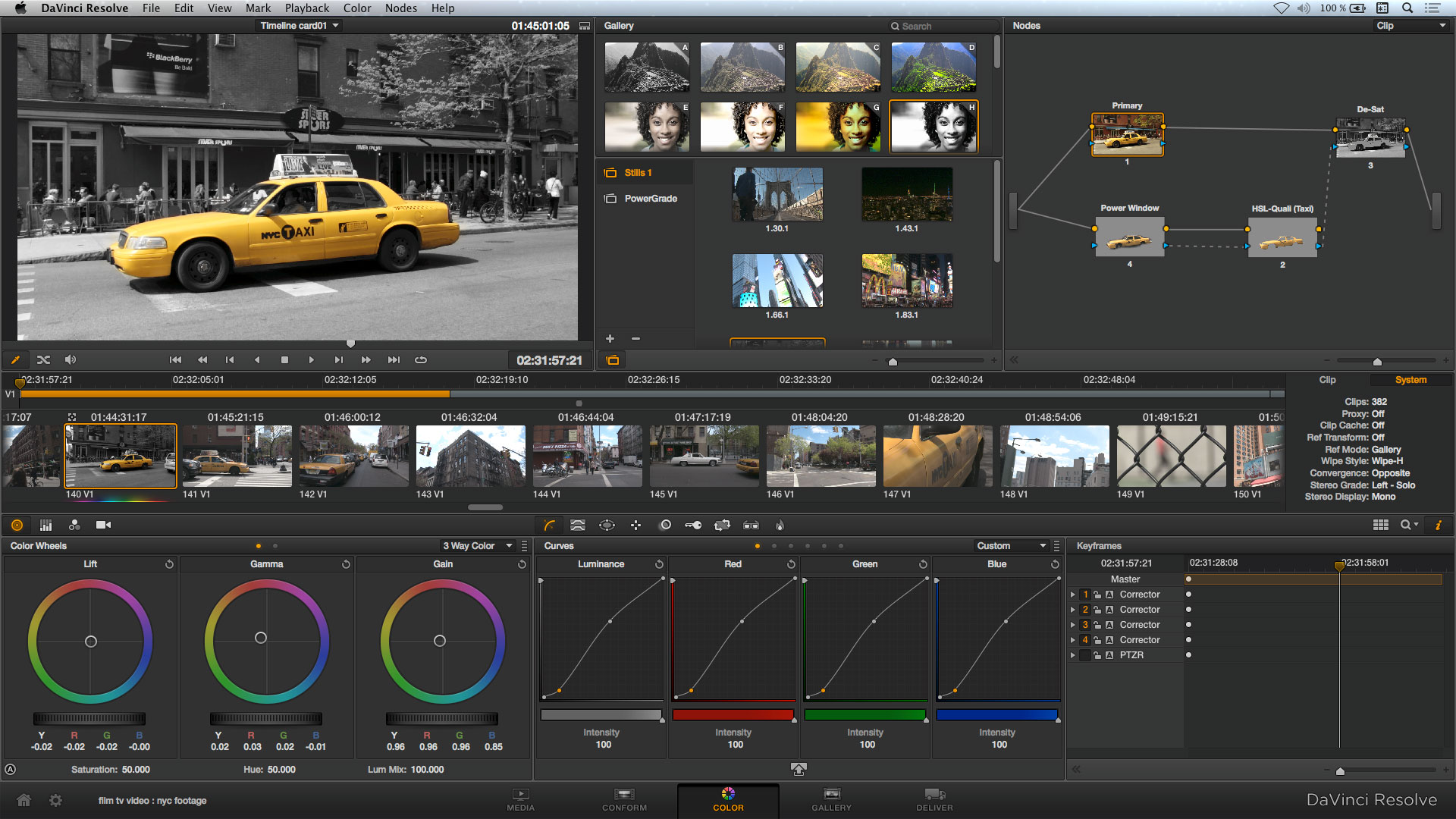
Linux NVIDIA Drivers can be found on their website. You’ll find that Linux provides a similar power experience with Resolve in both 1080p or 4K and above to Windows. As budget allows, add additional hard drive space (SSD is best/fastest), another 8 GB of RAM/memory and bump up to the i7 or i9 processor for max performance. If you need to use consumer-grade video from say, an iPhone or Android device, or even gameplay footage, you’ll need to transcode it into an easier to manage format (DNxHD, etc., H.264 is for an end result, not editing). The main issue with Linux at the moment is that if you’re running AMD GPUs, you’ll need to download AMD’s own drivers and not the unsupported open-source ones you’d naturally gravitate to on Linux.ĪAC Audio doesn’t work either and H.265/H.264 footage is only available in the Studio version of Resolve. To install Resolve on CentOS past the requirements, you’ll want to follow Seth Goldin’s blog.

This is mostly a hold over from Blackmagic not intending Resolve to be consumer-focused back before they switched gears. Update: CentOS is the chosen platform for post-production, as indicated to us by a Reddit user. Resolve’s ability to fix footage that wasn’t shot right is one reason it. At first glance it might feel overwhelming, but it’s worth investing the time to learn because it can do so much more than the color correction filters in an editing program.

While it does seem to work on other distros like Debian and Mint, it seems that Blackmagic have only ever really done proper tests on CentOS. DaVinci Resolve 12 is a Hollywood-caliber program for color correction. As mentioned above, DaVinci Resolve on Linux is a little bit of a weird one.


 0 kommentar(er)
0 kommentar(er)
